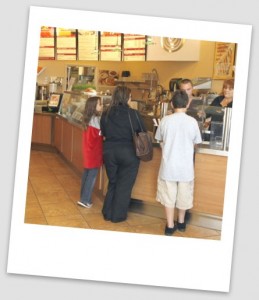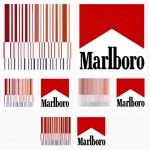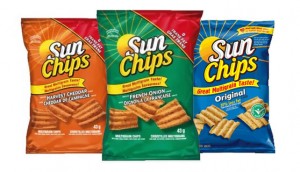 There are many things that come to mind when the subject of Quick Service Restaurants (aka QSR/Fast Food) comes up. Over the past fifty years the proliferation of QSR locations have flooded the landscape to the point where it has changed our eating habits, our expectations for low price and convenience and of course the way we grow and process our food. These days, the business is as competitive as ever and QSR competitors are searching for new ways to attract and retain customers while others are trying to deal with ever changing management structure.
There are many things that come to mind when the subject of Quick Service Restaurants (aka QSR/Fast Food) comes up. Over the past fifty years the proliferation of QSR locations have flooded the landscape to the point where it has changed our eating habits, our expectations for low price and convenience and of course the way we grow and process our food. These days, the business is as competitive as ever and QSR competitors are searching for new ways to attract and retain customers while others are trying to deal with ever changing management structure.
When I worked for McDonald’s Corporation as a Regional Marketing Supervisor, in addition to being in the field, I attended Hamburger University and learned a lot about how McDonald’s ran its massive business and was duly impressed with its simple business strategy of owning the land and leasing it to Owner Operators and then charging a rent fee based on the restaurant sales figures. It was a great learning experience to be immersed in corporate America and to be a part of the inner workings of one of the countries most recognized symbols of capitalism. It gave me a unique perspective to view both the positive and negative sides of the QSR business and to focus on what works and avoid what is detrimental to the business, the consumer and the environment.


